Jean-Baptiste Monnoyer (Lille 1636-London 1699), Floral Still Life, 1699, oil on canvas, 114 x 85 cm, signed lower left.
The painting depicts a lush vase of flowers in full bloom. White and pink roses, chrysanthemums, and red carnations intertwine in a blaze of color, arranged in stark contrast. The scene is illuminated by intense light, which makes the flowers stand out from the dark background, a typical feature of Flemish painting; this technique accentuates the liveliness and texture of the corollas. The vase holding the bouquet is lavishly decorated with scrollwork motifs and fantastic figures, much in vogue in French furniture and bronzes of the period.
It is a composition typical of the French Baroque style, of which the artist is an exponent.
BIOGRAPHY Jean-Baptiste Monnoyer (1636–1699)
Jean-Baptiste Monnoyer was one of the most important French painters of floral and fruit still lifes. He was born in Lille in 1636, but trained in Antwerp, where a great school of still life painters was active, and studied with the master David de Heem. After completing his training, he moved to Paris around 1650/1655. From there, until 1690, he worked on decorative projects in important royal residences and palaces such as the Hôtel Lambert and Hôtel Lauzun, the Château de Marly, the residence of the Grand Dauphin, the Palace of Vincennes, and the Palace of Versailles, specializing in paintings that were not just simple, incredibly lifelike and illusionistic still lifes, but also true compositions celebrating luxury and aristocratic taste. In these residences, he collaborated with the master Charles Le Brun.
In addition to still lifes, Monnoyer was also involved in the production of fine tapestries: his work at the Gobelins and Beauvais carpet workshops was particularly significant. In 1665, he also became a member of the Académie Royale de Peinture et de Sculpture, strengthening his position in the French art world.
In 1690, Monnoyer left France for England, where he continued to paint many works for important patrons, including Lord Ralph Montagu for Montagu House, later known as the British Museum.
He died in London in 1699.




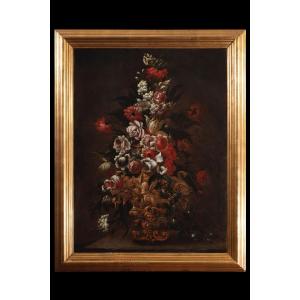




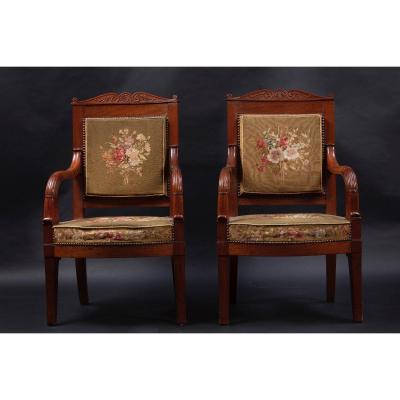

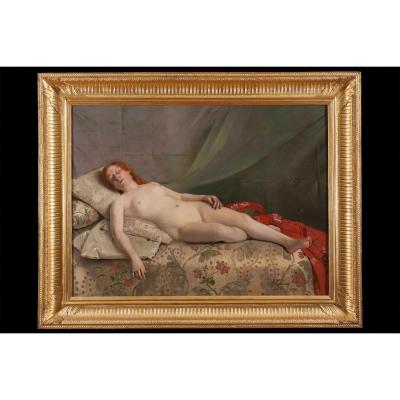
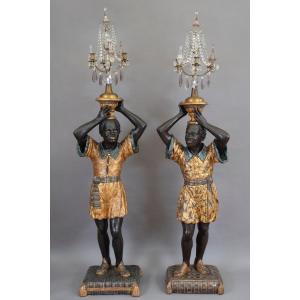







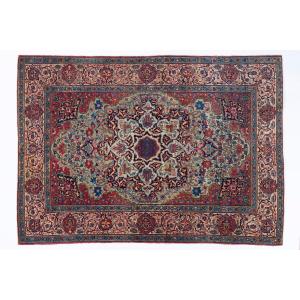









 Le Magazine de PROANTIC
Le Magazine de PROANTIC TRÉSORS Magazine
TRÉSORS Magazine Rivista Artiquariato
Rivista Artiquariato